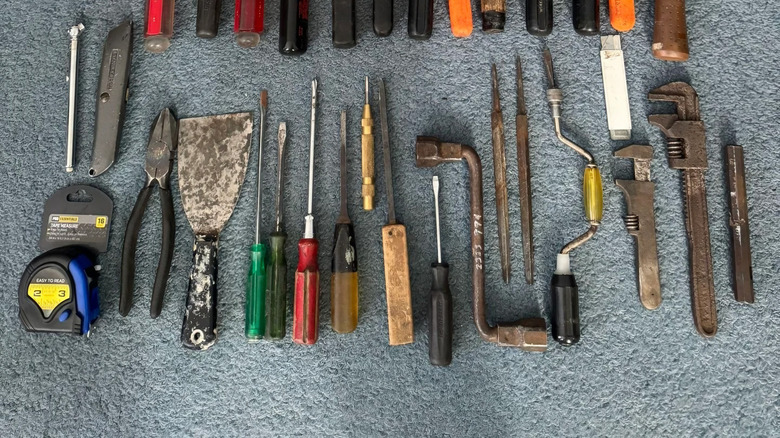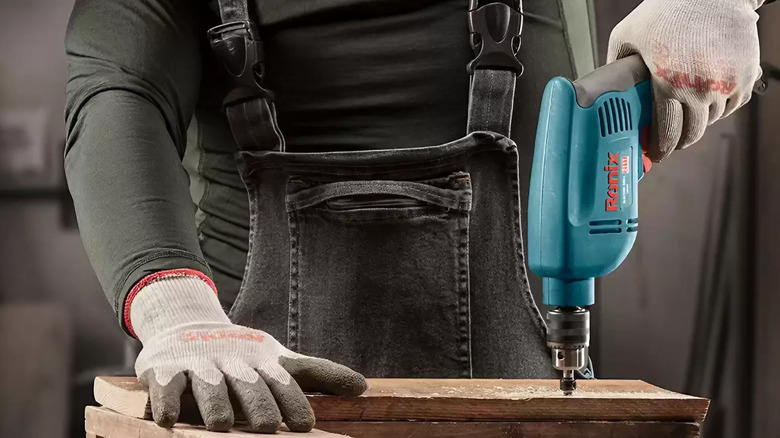Which Tools Are Considered 'Hand Tools' & Can Any Of Them Be Electric?
You hold an electric drill in your hand, so that makes it a hand tool, right? It's an amusing thought, but the people who actually write the safety rules beg to differ. The Occupational Safety and Health Administration (OSHA) keeps the primary definition refreshingly simple in a booklet, stating that "hand tools are tools that are powered manually". This automatically means they don't need external power sources like motors or batteries to work – your own elbow grease is the engine. Despite that, it's still an extremely broad category and covers a huge range of gear. OSHA gives examples ranging from axes to wrenches. These simple machines continue to come in handy in ways their electric counterparts can't because of their sheer reliability — especially where power isn't available. Sometimes, the best fix comes from a good old screwdriver or hammer from a well-known hand tool brand.
While OSHA sets the stage with its own definition, other major U.S. institutions build upon it to create a complete picture. For instance, the Catholic University of America's Environmental Health and Safety Manual agrees, noting that hand tools are explicitly non-powered. Within the broad "hand tools" group, you'll find several major classifications, including striking tools like hammers and mallets, fastening tools such as screwdrivers, and cutting tools, which include everything from saws to knives. Everyday kits often feature some of the best hand tools that embody these classifications.
Can hand tools be electric?
Again, a hand tool cannot be electric since its very definition is that it runs on your power, not an outlet's. The moment you add a battery or a cord, you've jumped into the world of power tools. OSHA makes a clear distinction here in its booklet, classifying power tools based on their energy source, which can be electric, pneumatic, liquid fuel, or even powder-actuated. The reason this distinction is so important comes down to danger. Power tools are considered extremely hazardous when used incorrectly and introduce a whole new set of risks. Electric tools specifically bring the threat of serious electrical burns and shocks. According to OSHA, even a tiny bit of current can cause fibrillation of the heart and death under the wrong circumstances. All this calls for mandatoryguards for any exposed moving parts and specific types of safety switches. Going for one of the best power tool brands is a step towards better safety.
That said, just because hand tools don't have a motor doesn't mean they can't injure you. OSHA states that the greatest hazards from hand tools come from misuse and improper maintenance. You should always use the right tool for the job because, for example, using a chisel as a screwdriver can cause the tip to snap off and go flying. Regular inspection is also a must. Another pro tip from OSHA is to make sure your knives and scissors are sharp, as dull tools can actually be more dangerous because they require more force and are likelier to slip. Finally, always rock the proper personal protective equipment like safety goggles and gloves.

